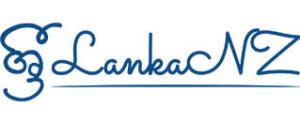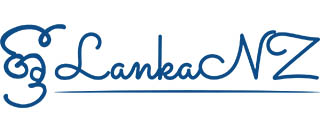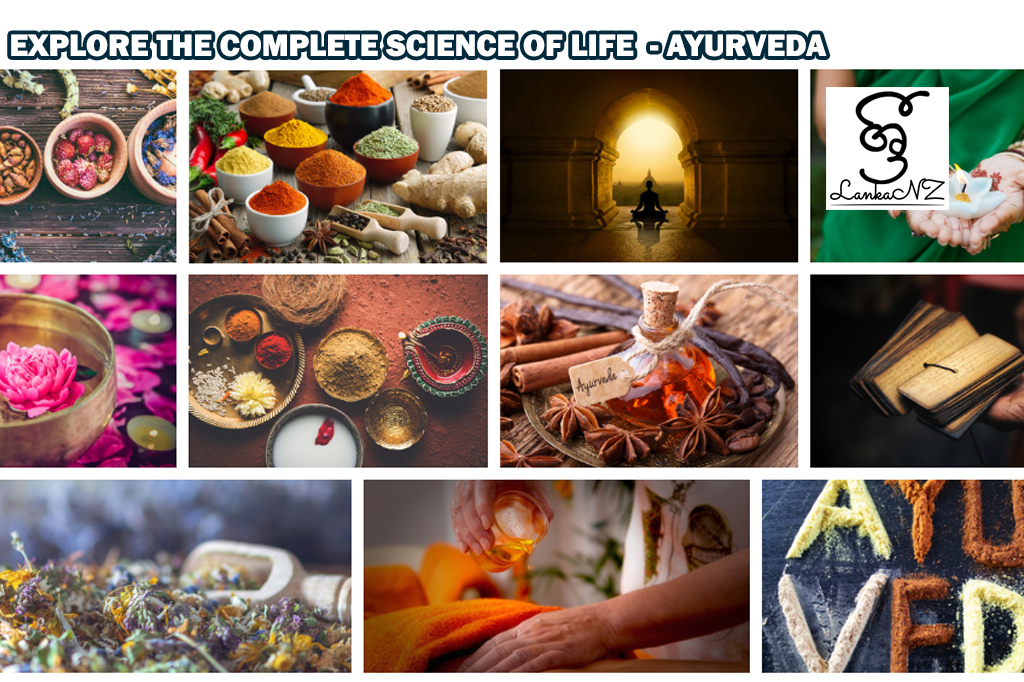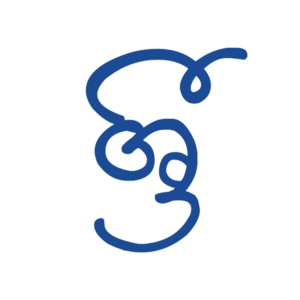As described in Ayurveda, ‘Thridoshas’ have five sub ‘doshas’ which help to demonstrate all physiological functions in the human body. They are described in Table 1. This covers all findings in modern medical science such as hormone functions, enzyme functions, and other metabolic functions in cells. Basically ‘Vata Doshas’ are responsible for all types of cellular transports, electrolyte balances, waste products eliminations. The dryness or cold can aggravate the ‘Vata Dosha’. ‘Pitta Doshas’ control body temperature, hunger, thirst, and optic nerve conditions. The heat conditions increase ‘Pitta’ effects in the human body. ‘Kapha Dosha’ is responsible for the stability and, compactness of the body. It provides lubrication to the joints and other necessary parts of the body. Overall ‘Vata Doshas’ govern the catabolism of the body, ‘Pitta Doshas’govern the metabolism of the body, and ‘Kapha Dosha’ govern the anabolism of the body. Any imbalance of these three factors states disease or illness. Ayurveda also believes that the human body is composed of seven types of tissues called ‘Saptha Dhatus’ which need for proper physiological functions of the body.
Table 1: Sub Types of ‘Doshas’.
|
Vata SubTypes |
Pitta SubTypes |
Kapha SubTypes |
|
1. ‘Prana vayu’ Functions – swallowing, spitting, sneezing, inhaling, cognition, the beating of the heart and so on. |
1. ‘Pachak pitta’ Functions – digestion is the main function. |
1.‘Avalambaka kapha’ Functions – nourishes the body. |
|
2. ‘Udana Vayu’ Functions – exhalation, imparting strength to the body, speech, memory. |
2. ‘Ranjaka pitta’ Functions – optimal functions of spleen and liver, converts rasa, colour to rasa, raktha and also specific hue to faeces, urine, skin, hair, eye. |
2. ‘Kledaka kapha’ Functions – aid in food digestion. |
|
3. ‘Samana vayu’ Functions – strengthing digestive fire, induces the release of gastric and intestinal juice, segregates the digested food into the nutrient part and excretory part, maintains a balance between all subtypes of Vayus. |
3. ‘Sadhaka pitta’ Functions – by removing layers of ‘Kapha’ (psychologically ‘thamas’) from the heart, it purifies and invigorates the mind such that lethargy, somnolence, and listlessness gets eradicated naturally. |
3. ‘ Bodhak kapha’ Functions – helps to know the taste of food. |
|
4. ‘ Vayana vayu’ Functions – blood circulation, pumping force of heart, sweating, movements of limbs, blinking of the eyes. |
4. ‘Alochaka pitta’ Functions – regulates the functioning of the eyes, strengthens the power of eye vision. |
4. ‘shleshaka kapha’ Functions – lubrication of joints, maintains of ligaments, preventing frictions of bones. |
|
5. ‘Apana vayu’ Functions – menstruation, ejaculation, holding or excretion of urine or faces, elimination of wind. |
5. ‘Bhrajaka pitta Functions – natural oleation, moisturization, glow and softness of the skin, regulation of body temperature, protecting skin from the environmental factors. |
5. ‘Tarpak kapha’ Functions – nourishes, supports, and provides strength to all sense organs. |
All the metabolic functions of the body need biological fire and it is known as ‘Agni’ in Ayurveda. Ayurveda describes thirteen categories of Agni in the human body. Those are ‘Jatharagni’,’Saptha dathwagnies’, ‘Pancha Mahabootagnies’. The gastric fire (‘Jatharagni’), responsible for digestion of food by correlating hydrochloric acid in the stomach and the digestive enzymes, and juices secreted into the stomach, duodenum, and the small intestines. If digestive Agni is functioning low or impaired, a person may experience pain, discomfort, feeling of heaviness or gases gurgling, constipation, or loose stools. The understanding of distinctive details of Agni helps to the discernment of causes and outcomes due to changing of a force of Agni. ‘Dathvagnies’ which are located in the tissue of the body help in assimilation and transformation of food materials into various types of tissues. ‘Pancha Mahabootagnies’ help the transformation of the external heterogenous ‘Mahabhutas’ (nano-level components in foods) into internal homogeneous ‘Mahaboota’ (nano-level components in organelas in cells of the body). Various dysfunctions and malfunctions of the human body lead to diseases and it occurs due to changes of these ‘Agni’ forces as inappropriate ‘Agni’ forces make imbalances of the biochemical transformation process in the human body and produce various toxic substances called ‘Ama’. It means all the metabolic functions including cellular metabolism and molecular metabolism of the body depends on the forces of ‘Agnis’. ‘Ama’ is another important concept of Ayurveda and it means an undigested, partially digested, or metabolized substances. Remainings of these toxic substances in the macro channels and microchannels of the body lead several impairments of usual body functions. In summary, hypo functions of digestive fire, tissue fire/ ‘Dathvagnies’ and ‘Panchamahaboota’ fire produce ‘Ama’ at a different level. The new concept of the metabolic domino of modern lifestyle medicine which tries to explain the causes and effects relationships of the different metabolic disorders is clearly described in Ayurveda ‘Agni’ and ‘Ama’ theories.
Apart from the ‘Doshas’, ‘Dhatus’, and ‘Agni’, the other important factor considered in the doctrine of Ayurveda is the ‘Tri Malas’. ‘Malas’ are the various waste products of food and the ‘Dhatus’ produced during the normal digestive and metabolic process. The three primaries ‘Malas’ being ‘Purisa’ (faeces), ‘Mutra’ (urine) and ‘Sveda’ (sweat). Ayurveda describes different types of channels in the human body which called ‘Srothas’. Proper functioning of ‘Srothas’ is necessary for different chemicals and materials to the place of their requirement, as ‘Srothas’ are the responsible biological channels for transportation channels of food, ‘Dhatus’, ‘Malas’, and ‘Doshas’ in the human body. Blockage of ‘Srothas’ causes different diseases. However, when considering the given clinical features of blockage of different ‘Srothas’, it is a well-known factor among Ayurveda practitioners, this concept is most complex in Ayurveda text which is difficult to understand without sufficient knowledge in basic principles of Ayurveda, modern human physiology, and pathology.
However, every person has specific proportions of all the three ‘Vata’, ‘Pitta’, and ‘Kapha’ doshas from birth which is called ‘Prakirthi’. They are specific and individualized as the DNA sequence-based genetic makeup. Therefore, ‘Prakrithi’ specific treatment, including medicine, diet and lifestyle is a distinctive feature of Ayurveda. Considering the ‘Dosha’ characteristics, the bodily constitution (‘Prakirthi’), pathological history, lifestyle and environmental conditions in an individual’s routine lifestyle, Ayurveda uses many treatment strategies for human wellbeing. The therapeutics streams advocated in Ayurveda comprise three types of therapies that are ‘Daivavyapashraya’ (non-medicinal spiritual therapies), ‘Yuktiviapashraya’ (medicinal/ pharmacological therapies) and ‘Satvavajaya’ (psychological therapies) for physical and mental diseases. Avoidance of causative factors is the primary principle of Ayurveda treatments. The medicinal treatment of a disease can be mainly classified as ‘Shodhana’ therapy (purification treatments) and ‘Shamana’ therapy (palliative treatment). ‘Shodhana’ therapy involves internal purification which is known as ‘Panchakarma’ therapy.
Ayurveda applies ‘Panchakarma’ therapy for elimination of various diseases, rejuvenation of the body, cleansing, and enhancing longevity. ‘Panchakarma’ consists of 3 steps viz. ‘Poorva karma’ (the preparatory process of the body for the therapy), ‘Pradhan karma’ (the main process of therapy), and the ‘Paschatkarma’ (consisting of regimens to be followed to restore digestive and other absorptive procedures of the body, back to the normal state). The ‘Panchakarma’ is composed of five karmas (actions) that are used for the removal of toxins from the body tissues. They are the ‘Virechan’ (purgation through use powders, pastes or decoction), ‘Vaman’ (forced therapeutic emesis by use of some medicines), ‘Basti’ (use of enemas prepared from medicated oils or decoctions), ‘Rakta moksha’ (detoxification of blood) and ‘Nasya’ (administration of medicines like decoctions, oils and fumes through nasal route). The patients should strictly follow ‘Pathya-apathya’ so that patients receive prescriptions for ‘do eat’, ‘do not eat’, ‘should do’, and ‘should not do’ while taking Ayurvedic medicine.
Dr (Mrs.) Nadeeka S. Perera,
MPA (PIM-SJP-SL), BAMS(UOC-SL), Dip. In Counselling (IOP-SL)
Ayurvedic Physician,
Dunedin, New Zealand.
Your comments and interesting areas are welcome to discuss in Ayurveda aspects. Please Email: mnsperera80@gmail.com









